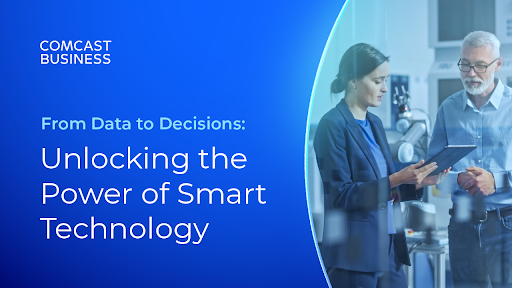For Caterpillar: Autonomous Vehicles Create Safety and Efficiency

When most people think of the origin of the autonomous vehicle, they think 2011 and Google. But long before Google placed its spinning sensors on the roof of an SUV, machinery companies were deploying self-driving trucks and autonomous tools in the field.
Caterpillar, John Deere and Komatsu are among the first companies that offered self-driving technology. Caterpillar introduced a basic autonomous truck in 1996, “but the technology was still not mature at that stage,” says Michael Murphy, Caterpillar’s Chief Engineer of Mining & Technology Enabled Solutions. “We proved we could do it, but customer demand for the product wasn't there at that point in time.”
The company shelved the product until the early 2000s, when it began to introduce fleets of autonomous mining vehicles, each capable of hauling 240 tons of payload. The economic promise of these vehicles became evident to companies in the mining industry, and demand quickly rose. As it turns out, the trucks are paying back in more than just payload: a recent report from Fortescue Metals Group concluded that autonomous mining vehicles increase productivity by 20 percent. The trucks are also improving safety by removing humans from a notoriously dangerous job.
While regulators, ethicists and engineers hash out the details of how autonomous cars should behave on the open road, unmanned machinery like Caterpillar’s trucks are creating a more efficient and safer work place in the field.
Safety-First Autonomy
Autonomous machines create consistency and have fewer burdens to consider than the ethical and public safety issues that often arise with autonomous cars. Because the trucks operate in barren landscapes with broad latitude, they are unhindered by chaotic drivers or unpredictable pedestrians.
“Autonomous hauling machines have well-defined routes that can be easily programmed into a system, and they’re not traveling at high speed,” says David Alexander, an analyst at Navigant Research. “It makes it a relatively straightforward driving task.”
Thanks to the promise of ease-of-use, heightened productivity and safety, some mining companies have begun moving the automation beyond the hauling process. For example, Caterpillar now sells autonomous drills to fracture the earth for material, which has resulted in the use of fewer explosives, lower overall cost and a higher value mine.
“You’re taking an operator out of an area that may be unsafe, where they can actually drown and be submerged if they’re not careful,” Murphy says. “Machines are only a few feet away from the wall. Because of automation, it will stop the machine from hitting the walls and doing damage” and from collapsing the tunnels, meaning that not only are more lives saved, but also the mine itself doesn’t implode. These drills are currently running in Indonesia at one of the largest copper and gold mines in the world.
Mapping the Future of Autonomous Machines
The challenge for machine manufacturers now is to automate tasks that are less consistent, like bulldozing.
“With bulldozing, you’ve basically got a large area you want to level out, and it's not the same as a mining truck where the vehicle trundles up and down the road,” Alexander says. “With the bulldozing, you've got a different problem, and that's always been mapping the area.”
Companies are already looking at how drones, using 3D laser scanners, can create a map of terrain to see which areas need to be leveled. “Once you’ve defined that, if you can do that digitally, there's no reason you can't program an automated bulldozer to shift the earth there,” he says.
Murphy agrees, saying that introducing automation into more nuanced and challenging tasks is one of Caterpillar’s key focuses. All it needs is that magical ingredient people can’t stop talking about: AI.
“It will take more artificial intelligence to move to full automation of every machine we have,” Murphy says.
The same components that power self-driving cars—LIDAR, radar, sound sensors, video sensors and the deep learning computers that make sense of it all—will be behind improvements in off-road autonomous technologies to allow manufacturers to train machines by exposing them to more complex situations. As these capabilities expand, so will their industrial applications.
How will AI affect the future of autonomous machinery?
Locked Content
Click on the button below to get access
Unlock NowOr sign in to access all content on Comcast Business Community
Resource Center
Learn how Comcast Business can help
keep you ready for what's next.











